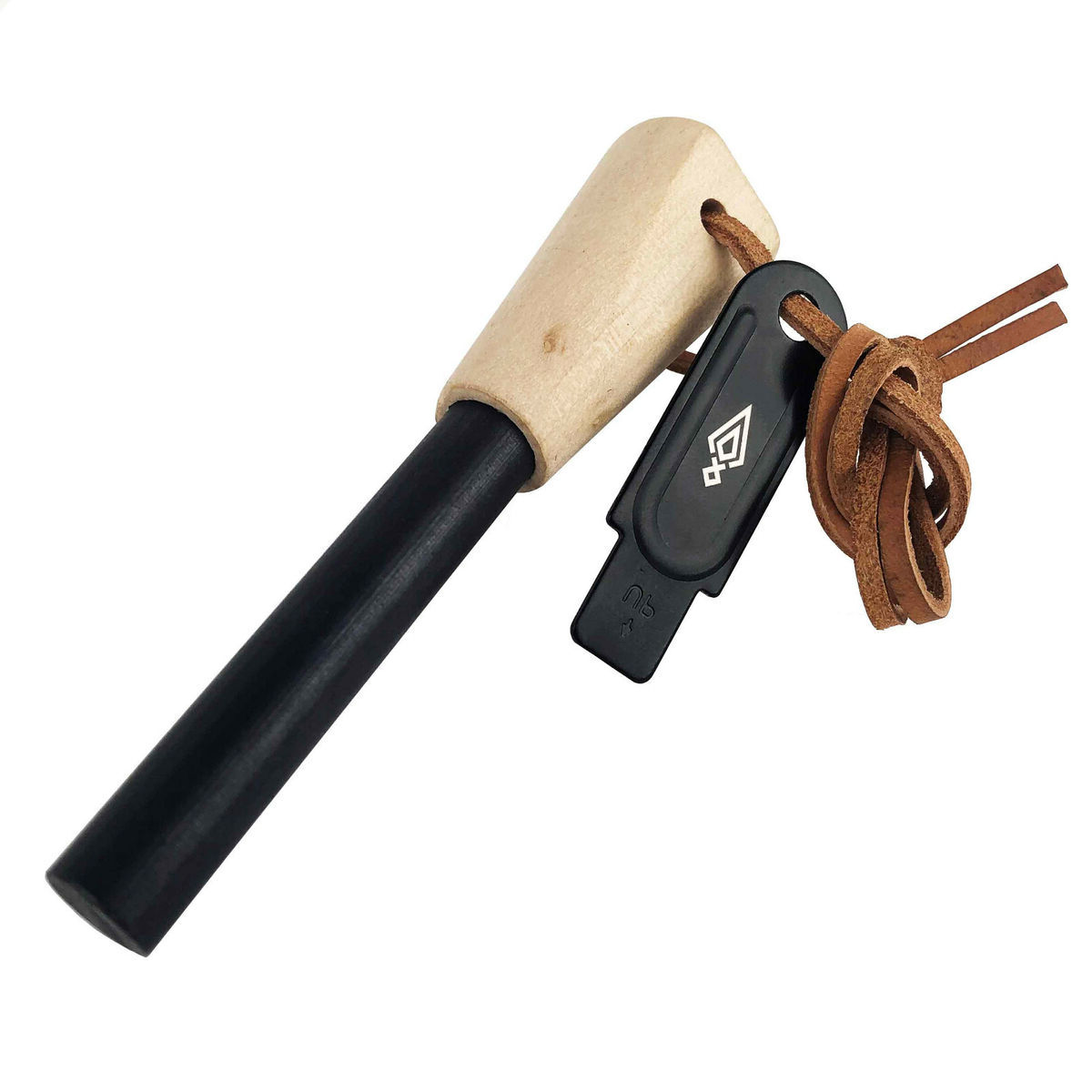
Fire starters have been a crucial tool for survival and comfort since the dawn of humanity. Fire starters come in various forms, from simple flint and steel to modern magnesium fire starters. Each type has its unique advantages, offering reliability and efficiency in different survival situations. Whether you're a seasoned camper, an adventurous hiker, or just someone who loves preparing for any scenario, understanding these tools can be incredibly beneficial. In this guide, we'll ignite your curiosity with 30 fascinating facts about fire starters. From their historical significance to tips on choosing and using them effectively, you'll discover everything needed to light up your knowledge on this essential survival gear.
The Basics of Fire Starters
Fire starters have been essential tools for survival and convenience throughout history. From ancient methods to modern innovations, these devices have evolved significantly.
-
Flint and Steel: One of the oldest fire-starting methods involves striking flint against steel to create sparks. This technique dates back to the Iron Age.
-
Friction Fire: Rubbing two sticks together, known as friction fire, is another ancient method. It requires patience and skill to generate enough heat to ignite a fire.
-
Magnifying Glass: Using a magnifying glass to focus sunlight on a small area can start a fire. This method works best on sunny days with dry tinder.
-
Matches: Invented in the early 19th century, matches revolutionized fire-starting. They are easy to use and portable, making them a popular choice.
-
Lighters: Modern lighters use butane or other fuels to produce a flame. They are convenient and reusable, often featuring adjustable flames.
Modern Fire Starters
Advancements in technology have led to the development of various modern fire starters. These tools are designed for efficiency and reliability.
-
Ferrocerium Rods: Often called "ferro rods," these produce sparks when scraped with a metal striker. They work in all weather conditions and last for thousands of strikes.
-
Electric Fire Starters: Battery-operated devices that create sparks or heat to ignite tinder. They are easy to use but require charged batteries.
-
Fire Pistons: These devices use rapid compression to heat air and ignite tinder. They are durable and can be used repeatedly.
-
Chemical Fire Starters: Some fire starters use chemical reactions to produce heat and flames. They are often found in emergency kits.
-
Solar Fire Starters: Similar to magnifying glasses, these devices use mirrors or lenses to focus sunlight. They are eco-friendly and require no fuel.
Natural Fire Starters
Nature provides various materials that can be used to start fires. These natural fire starters are often found in the wild.
-
Dry Grass: Dry grass is an excellent tinder material. It catches fire quickly and burns hot.
-
Birch Bark: Birch bark contains natural oils that make it highly flammable. It can be peeled from trees and used as tinder.
-
Pine Resin: Pine trees produce resin that is sticky and flammable. It can be collected and used to start fires.
-
Cattail Fluff: The fluffy seeds of cattail plants are highly flammable. They can be used as tinder in emergency situations.
-
Coconut Husk: Dried coconut husks are fibrous and catch fire easily. They are often used in tropical regions.
Emergency Fire Starters
In survival situations, having a reliable fire starter can be a lifesaver. These emergency fire starters are designed for such scenarios.
-
Magnesium Blocks: Scraping magnesium shavings and igniting them with a spark creates a hot flame. These blocks are lightweight and easy to carry.
-
Cotton Balls and Petroleum Jelly: Coating cotton balls with petroleum jelly makes them highly flammable. They can be stored in waterproof containers.
-
Char Cloth: Char cloth is made by heating cotton fabric in a low-oxygen environment. It catches sparks easily and burns slowly.
-
Steel Wool and Batteries: Touching steel wool to the terminals of a battery creates sparks. This method is effective but requires both materials.
-
Fire Starting Gel: Gel-based fire starters are easy to ignite and burn for a long time. They are often used in camping and emergency kits.
Unconventional Fire Starters
Sometimes, unconventional methods can be used to start fires. These creative solutions can be handy in unexpected situations.
-
Potato Chips: Potato chips are oily and flammable. They can be used as tinder in a pinch.
-
Crayons: Wax crayons can be lit and used as candles. They burn for a surprisingly long time.
-
Hand Sanitizer: Alcohol-based hand sanitizers are flammable. They can be used to ignite tinder.
-
Duct Tape: Duct tape burns well and can be used as tinder. It is also waterproof, making it useful in wet conditions.
-
Lip Balm and Cotton Swabs: Coating cotton swabs with lip balm makes them flammable. They can be used as emergency fire starters.
Safety Tips for Using Fire Starters
Using fire starters requires caution and responsibility. Here are some safety tips to keep in mind.
-
Clear the Area: Ensure the area around your fire is clear of flammable materials. This prevents accidental spread.
-
Have Water Ready: Always have water or a fire extinguisher nearby. This allows you to quickly put out the fire if needed.
-
Use in Ventilated Areas: Fires produce smoke and fumes. Use fire starters in well-ventilated areas to avoid inhaling harmful substances.
-
Store Safely: Keep fire starters in waterproof containers. This ensures they remain dry and ready for use.
-
Practice: Familiarize yourself with your fire starter before you need it. Practice in a safe environment to build confidence.
Igniting Curiosity: A Final Spark
We've journeyed through a fascinating array of facts about fire starters, from ancient methods to modern innovations. This exploration reveals not just the practical uses of fire starters but also their cultural significance and the ingenuity of human invention. Whether it's the simplicity of striking flint and steel or the complexity behind chemical reactions in emergency fire starters, each method carries a story of survival, innovation, and human progress. As we conclude, remember that understanding these tools goes beyond mere knowledge—it's about appreciating the spark of curiosity and innovation that has fueled advancements throughout history. So, next time you light a fire, think of the centuries of discovery and invention that have made that simple act possible. Here's to keeping the flame of curiosity alive!
Was this page helpful?
Our commitment to delivering trustworthy and engaging content is at the heart of what we do. Each fact on our site is contributed by real users like you, bringing a wealth of diverse insights and information. To ensure the highest standards of accuracy and reliability, our dedicated editors meticulously review each submission. This process guarantees that the facts we share are not only fascinating but also credible. Trust in our commitment to quality and authenticity as you explore and learn with us.


